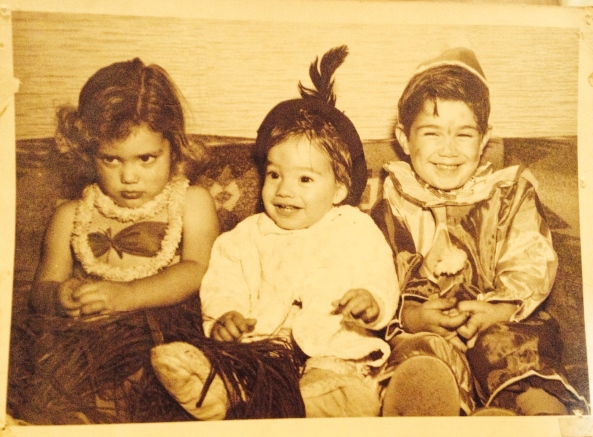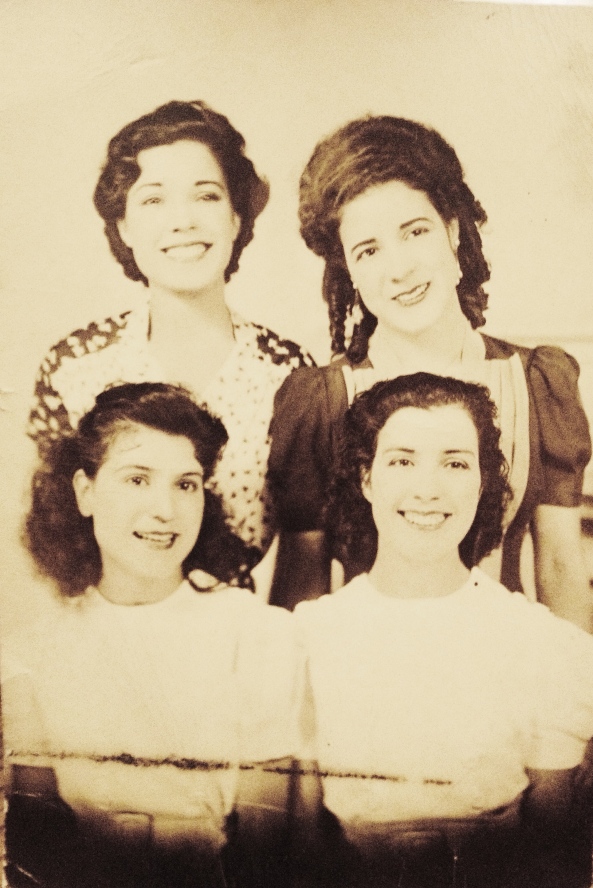Updates: MyHeritage has just announced that it’s new color tool will be free until April 22 on account of the coronavirus keeping so many people home. They also changed their subscription model so there’s now a slightly more affordable subscription option if you want access to it forever. Have fun!
Sometime earlier this week, I received a promotional email from MyHeritage, an Ancestry.com-like website where you can upload and maintain your family tree online. I normally ignore their emails because they send so many, but a distant cousin had reached out to me on their site just last week and subsequently helped answer a family mystery (more on that later!), so I’ve been curious about what MyHeritage has to offer me. I opened the email.
You guys, THIS IS SO EXCITING!
MyHeritage just released MyHeritage In Color (TM), and it’s amazing. You can upload any black and white photo (even if you’ve patched it up in Photoshop, messed with the contrast, and applied a filter like yours truly does frequently), and an algorithm works in the background to transform the photo into color.
Apparently, there’s some room for error in terms of pixel color, but I’ve been really pleased with the photos I’ve run through the system. I have run into a few glitches with files not being recognized or the processor erroring out, but it seems to work more often than not.
MyHeritage does include a small icon on the bottom left to indicate the photo has been colorized to preserve historical integrity and a MyHeritage logo on the bottom right if you don’t have their Complete subscription ($209 annually for the first year and $299 annually after that – I know. Wowza! Probably this is why I haven’t delved into this site much before now.).
Obviously, releasing this tool is an incredibly smart move by MyHeritage, since photos are social currency online these days and most of us have very little incentive to upload our personal ancestry photos otherwise. Kudos to whoever came up with the idea.
It’s worth noting that they currently erect their paywall at 10 photos, so choose wisely unless you’re ready to sell your house and do the annual subscription.
I decided to try some of the oldest photos and some group photos I have since they would be the most fun to see in color. Here’s what I got back.
Happy coloring!






















